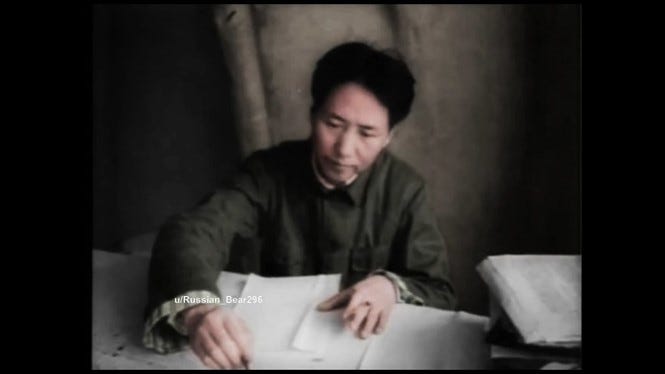Kunlun
[a tsu, to the melody Fair Nien-nu, Nien-nu Chiao]
[translated by Nancy Lin]
Rearing out of the earth,
A portent across the sky –
Wanton Kunlun,
You that have drained your cupful
Of this world’s radiant spring,
You blow up wild
With your three million dragons of alabaster,
Plunging the universe in a convulsion of cold;
Flooding rivers pell-mell
So that men become fish and turtles.
Of your deeds or misdeeds these millenniums,
Who’s been the appraiser and judge?
I should put in a word now Kunlun:
You don’t need that height,
Nor so much snow.
If only I could lean on the sky
And, sword drawn, split you in three –
One part as gift to Europe,
One part to the Americas,
One for the Eastern lands to keep –
That Great Peace might reign on earth,
A common heat and cold for the globe entire!
Notes [by Nancy Lin]
Kunlun is the largest mountain range in China running across Tibet and Sinkiang. It reaches out to the Pamir Plateau on the west and extends into Chinghai, Kansu and Szechuan on the east. Its highest peak towers 7,719 meters above sea level. The Yellow River and the Yangtse have their sources in the southern sub-range of Kunlun, while Minshan is part of its central sub-range.
Kunlun has been sung in Chinese poetry since the days of Chu Yuan as the home of immortals and land of celestial bliss. Mao takes it in quite a different vein in this poem.
“Anti-imperialism is the theme and no other”, he said in a note in 1958 by way of clarifying the various conjectures over the implications of the poem.
Kunlun here is apparently made to symbolize the colossal but irrational economic and social system of the past that must give way to a new order of universal equity and peace.
The poem is said to have been written while Mao was viewing Kunlun in the distance from the top of Minshan in a moment of respite that afforded him to utter his deepest thought and dream.
About the dragons of alabaster, the poet gave the following note:
“A poet of old once conceived the snow scene as ‘a battle among three million dragons of alabaster, filling the sky with torn nails and tattered scales.’ I’m borrowing the image here to describe snow-covered mountains. For from the top of Minshan, one can see in the distance, range after range sweeping away in a whirl of white even on summer days. These mountains, according to the folktale, used to be a mass of volcanic fire until Monkey King came along and put it out with the Banana-leaf Fan borrowed from a fairy. Since then, all have been white.”
[next - 17. Mount Liupan]



